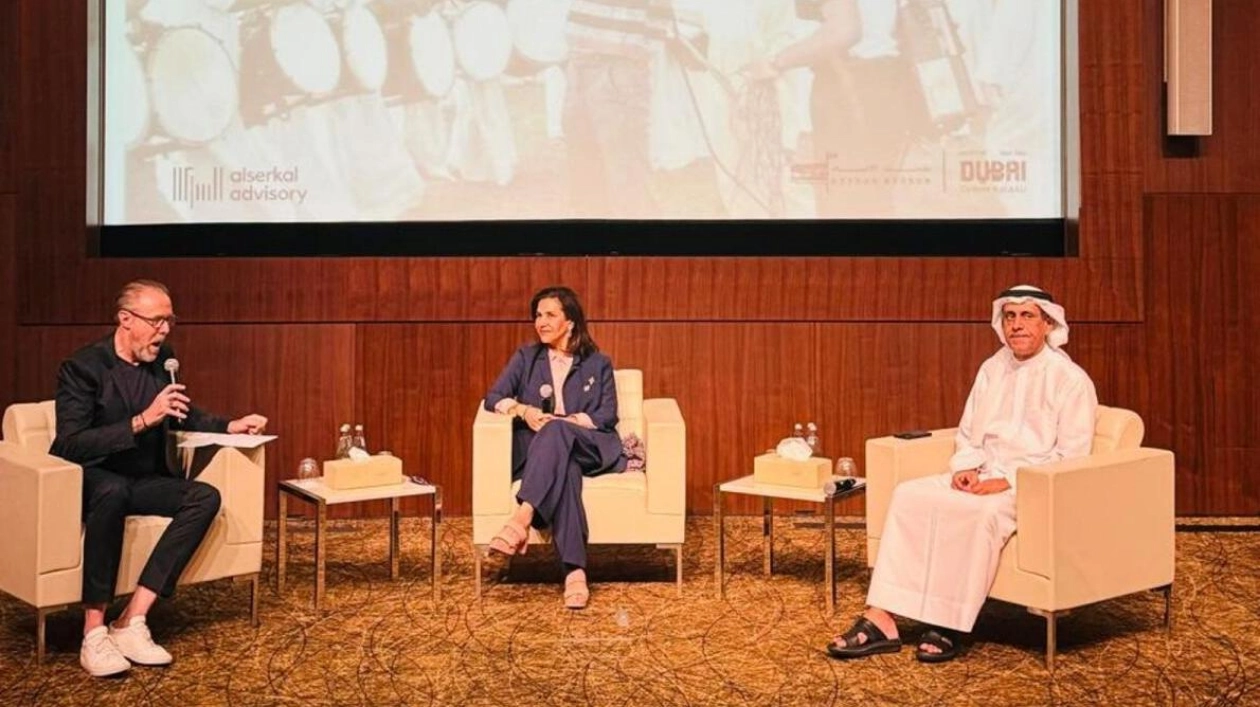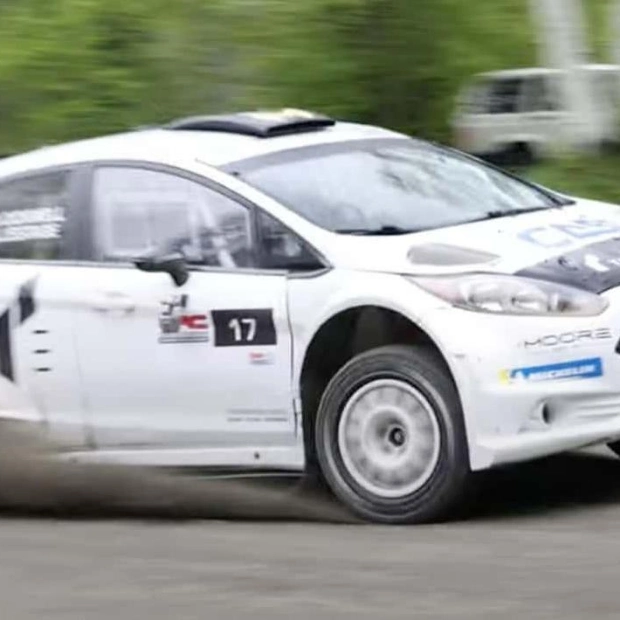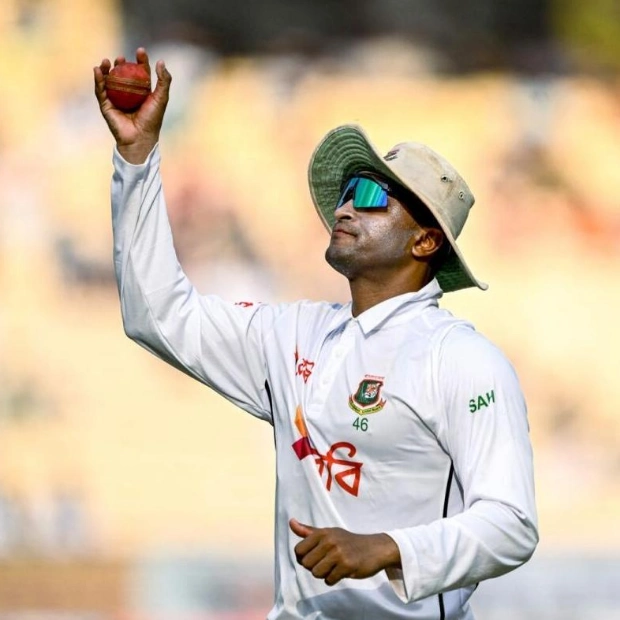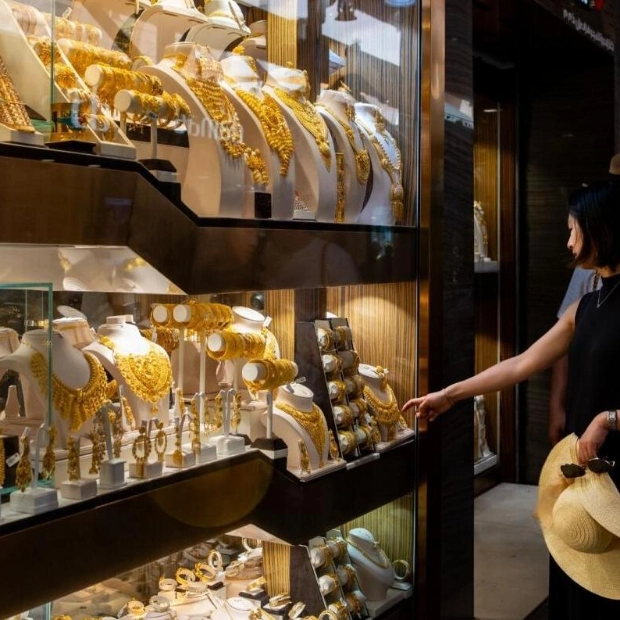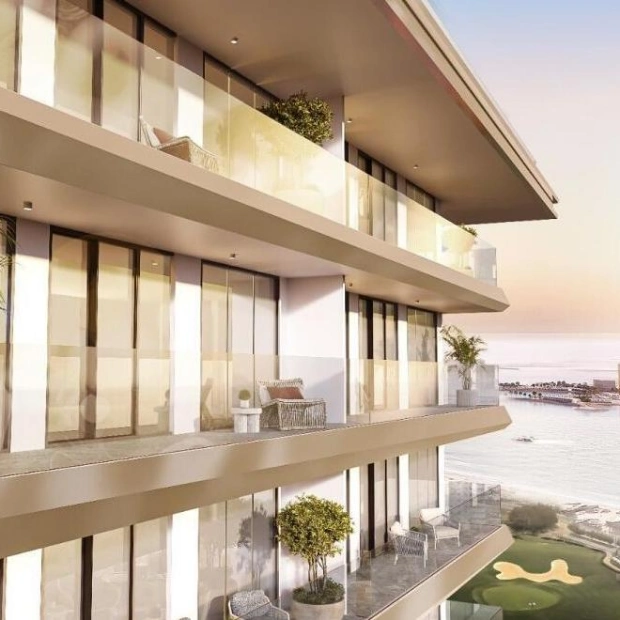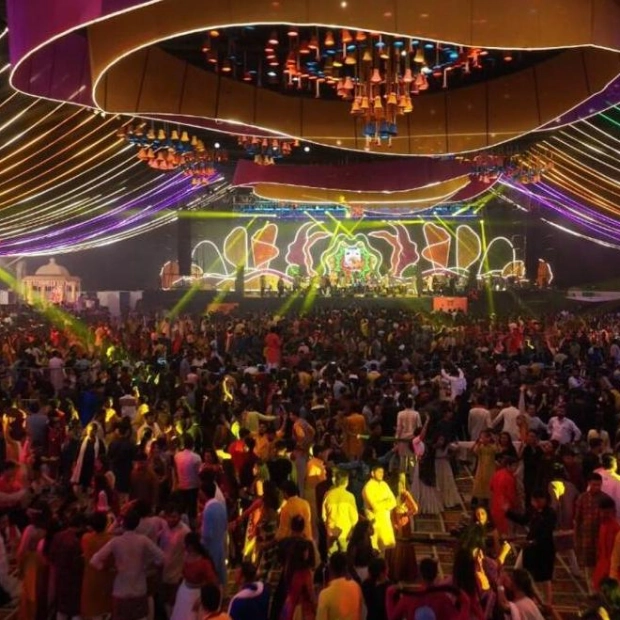UAE TV personality Maha Gargash and Emirati researcher Khalid Albudoor dedicated over two years to researching and filming a docu-series that chronicles the traditional music, dance, and poetry of the UAE. Released in 1993 in both English and Arabic, the series titled 'Echoes in Time' has since become a significant part of the country’s cultural history. Currently, UAE residents can catch glimpses of this six-part series as part of a temporary installation at the Etihad Museum, courtesy of Alserkal Avenue. The series is available for public viewing in the museum’s media room until January 16, 2025, free of charge.
During a recent open evening, Maha and Khalid recounted some of the amusing moments, challenges, and memorable incidents they encountered while filming the docuseries, which was originally produced by Dubai Television between 1987 and 1990. 'It involved a tremendous amount of work, and we often had to persuade performers to participate in certain scenes,' Maha recalled. 'For one particular shot, we arranged several instruments on top of a sand dune and planned to capture an aerial view. However, as the helicopter descended, the instruments began to fly in all directions, and we had to rush to save them.'
Initially, the idea for the documentary was conceived as a small radio production by Khalid. However, as his research progressed, he uncovered numerous stories about the Bedouins' connection to music, poetry, and the land. 'A whole new world opened up to me,' he said. 'Even though I am from Dubai, I discovered aspects of our culture that I had never known.' He realized that these songs needed to be not only heard but also seen. 'I wanted people to witness how these songs were performed, how drums and chants were used, and how singers performed on the back of a camel,' he explained. Despite envisioning a small TV documentary, he approached Maha to bring his vision to life.
'To me, it was something entirely new,' Maha remembered. 'I was uncertain. How many drums could we show without it becoming monotonous? But when I presented the idea to my boss, he was enthusiastic and encouraged us to proceed.' As filming commenced, the project was intended to be modest. However, it quickly grew in scope. 'It became enormous,' Maha said. 'Khalid initially suggested five dances, but we ended up filming 25 distinct art forms, each unique in its own way.'
The primary goal of the docu-series was to educate the world about various Emirati dances and poetry. One of the showcased art forms was the Ayyala dance. 'We delved into the technicalities of why they used sticks,' Maha explained. 'These represented spears, and the drumming shifted to lead the army into battle. It was essentially a battle cry that evolved into a musical celebration.' Khalid added that they encountered numerous other dances and songs during their research. 'In the mountains, you would find songs related to farming or war,' he said. 'At religious sites, you would hear songs praising Prophet Muhammad. There were also dances influenced by Africa, drums from India, and art forms from Persia. Some groups performed these songs and dances as a hobby.'
Khalid meticulously documented these art forms, preserving as much information as possible. The docu-series eventually became one of the best resources in the UAE for learning about traditional Emirati arts, with parts of it currently used as training material. 'In a center in Abu Dhabi, clips from our documentary are used to educate the younger generation about certain art forms,' Khalid noted. 'The New York University in Abu Dhabi also uses it as a reference for cultural studies.' He also mentioned that UNESCO approached them for snippets from the documentary when they were organizing a convention to preserve the intangible cultural heritage of countries. 'They wanted to preserve the Ayyala and created a video using a local group, but it was not filmed in its original setting at a wedding,' he said. 'So, the team approached us and requested that our documentary be included in their film.'
Source link: https://www.khaleejtimes.com
